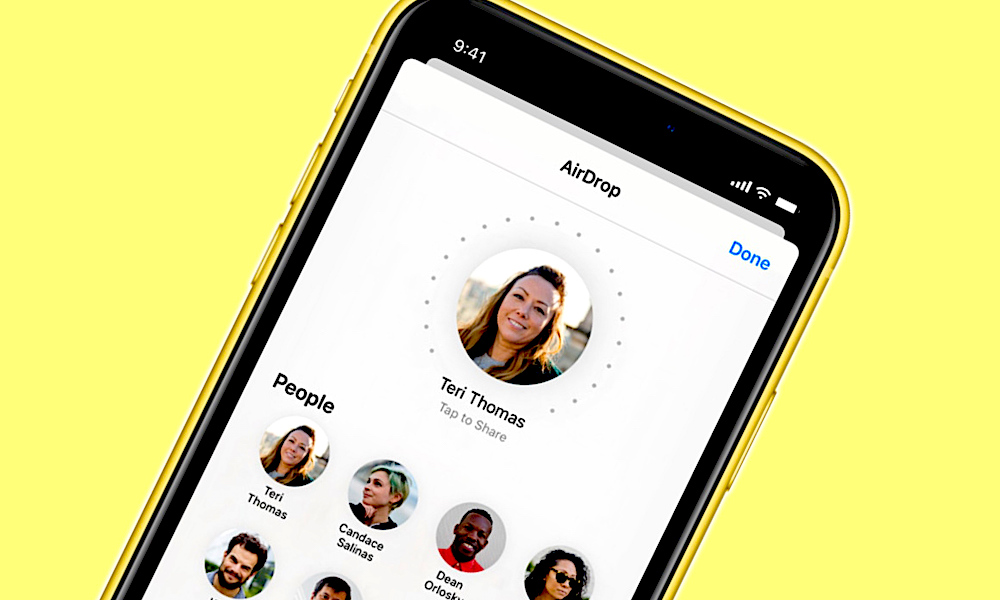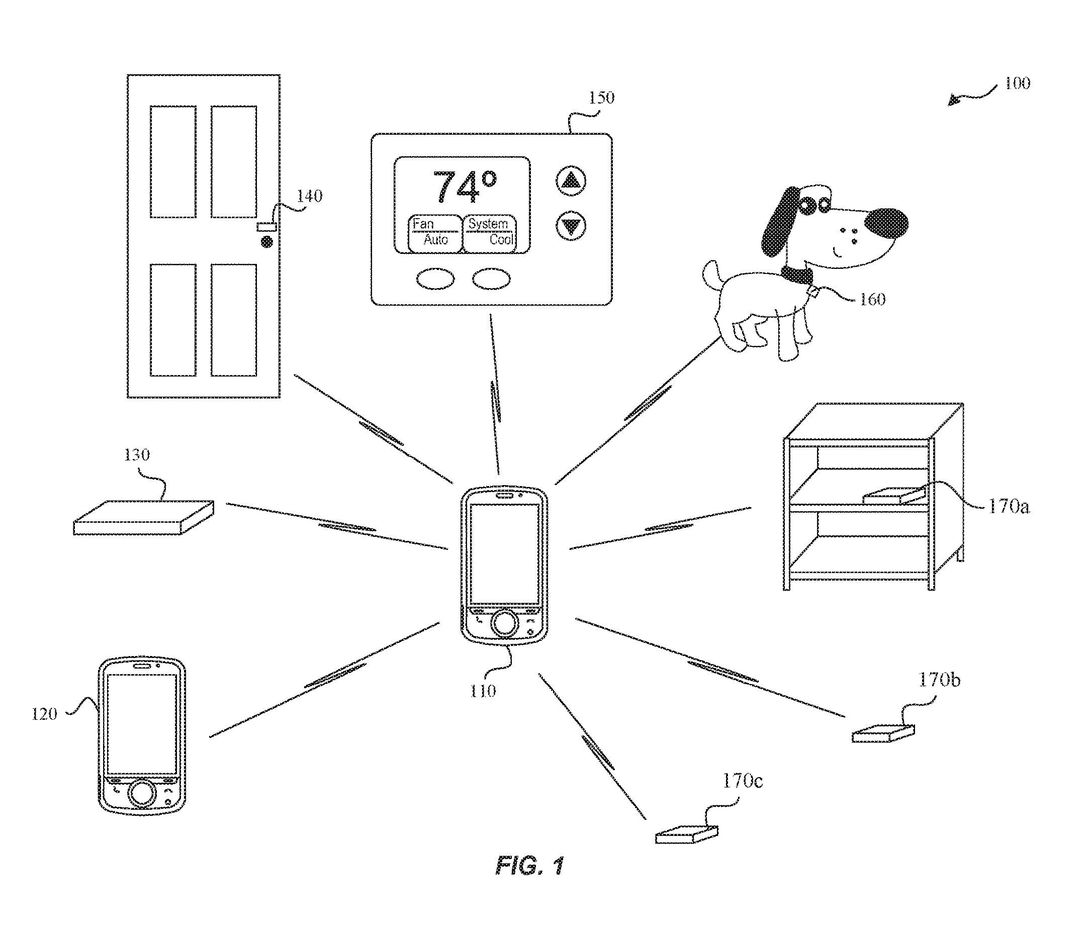Apple Reveals Future Plans for the iPhone 11’s New Ultra Wideband Chip
 CNET
CNET
Toggle Dark Mode
Apple’s new iPhone 11 devices sport a potentially revolutionary new technology inside of them. But, at this point, that chip doesn’t do much.
The Ultra Wideband (UWB) tech only lets users prioritize AirDrop transfers to nearby devices. But, as we’ve previously covered, it has a lot more potential than that.
Now, Apple has applied for a patent that could hint at some of the company’s future plans for the UWB tech.
What Is Ultrawide Band (UWB)?
For those that are unfamiliar, UWB is a short-range communications protocol similar to Bluetooth. It can be used in many of the same ways as the older standard. But UWB is much, much more precise than Bluetooth.
Bluetooth, for example, basically just measures the strength of a signal for location tracking. UWB, by contrast, is more like “GPS at the scale of your living room.”
UWB is also much more secure than Bluetooth, which would obviously bode well for user privacy and security.
Apple’s Patent Application
Apple’s patent application, published Thursday by the U.S. Patent and Trademark Office, details more ways that it can use UWB beyond just prioritizing AirDrops.
For example, the system could be used to determine the angle of signals transmitted by other UWB devices. It can also take motion in account when tracking location.
As for practical applications, just consider lost item tracking. UWB could factor both a user’s motion and the angle of signals while they move around the room to precisely determine where an object is.
The patent goes on it suggest that it could incorporate orientation data in various applications.
Using accelerators and actuators, an UWB system could easily figure out which way a user’s device is being held. But it can also use its various sensors to determine the exact position and orientation of a secondary device — such as the one a user is trying to locate.
Potential Uses of UWB
The most obvious example of practical UWB application is device or accessory tracking.
Apple is largely expected to debut some type of UWB/Bluetooth tracking tag, similar to Tile trackers. That system could be much more accurate than simple Bluetooth trackers and could also incorporate augmented reality to let users visualize where their items are on a screen.
That would be a major move for Apple, but it isn’t the only way that it could leverage UWB tech going forward.
As Six Colors’ Jason Snell theorizes, Apple could use UWB in “smart home tech, augmented reality, mobile payments, the aforementioned keyless car entry, and even indoor navigation.”
- Some examples could include home audio system playback that “follows” a user around as they move through various rooms.
- Or a keyless entry system that automatically locks or unlocks when a user is in close proximity.
In short, Apple could kick off an “Ultra Wideband revolution.”
Of course, Apple files a lot of patents and many of them don’t go anywhere. But based on the fact that UWB tech is already in use in the newest iPhones, there’s a good chance we’ll see Apple using it increasingly in the future.
[The information provided in this article has NOT been confirmed by Apple and may be speculation. Provided details may not be factual. Take all rumors, tech or otherwise, with a grain of salt.]








